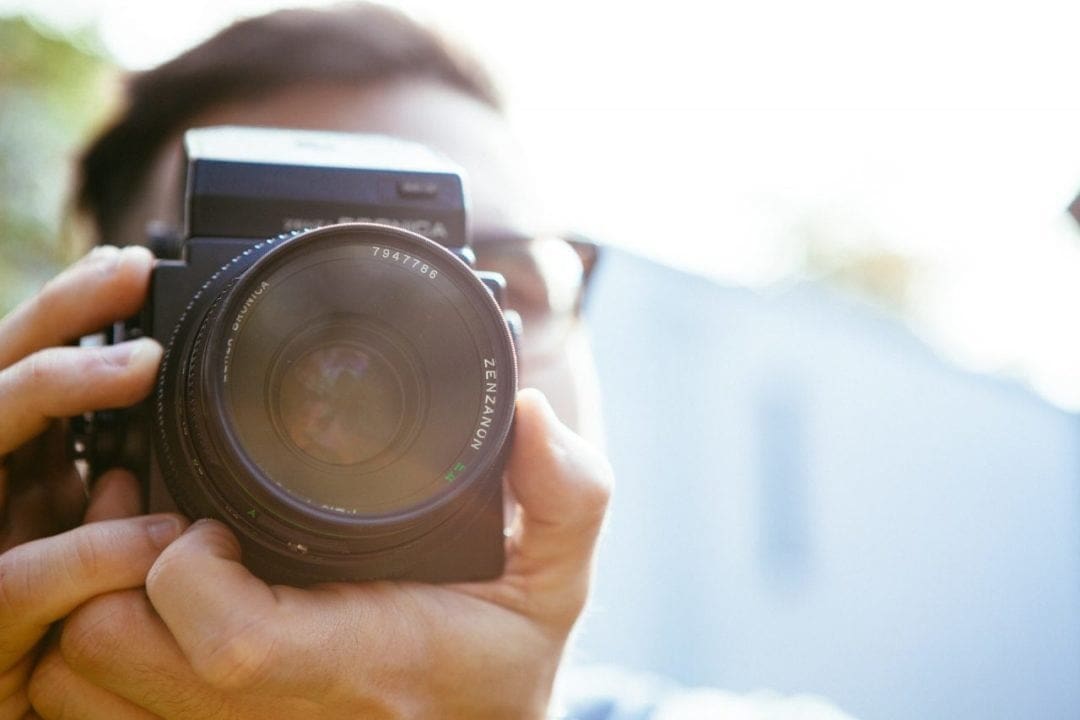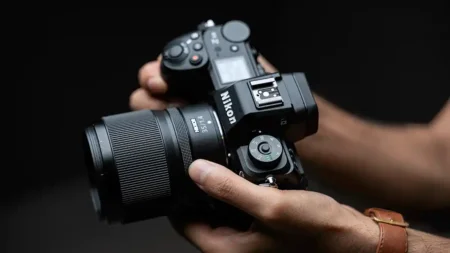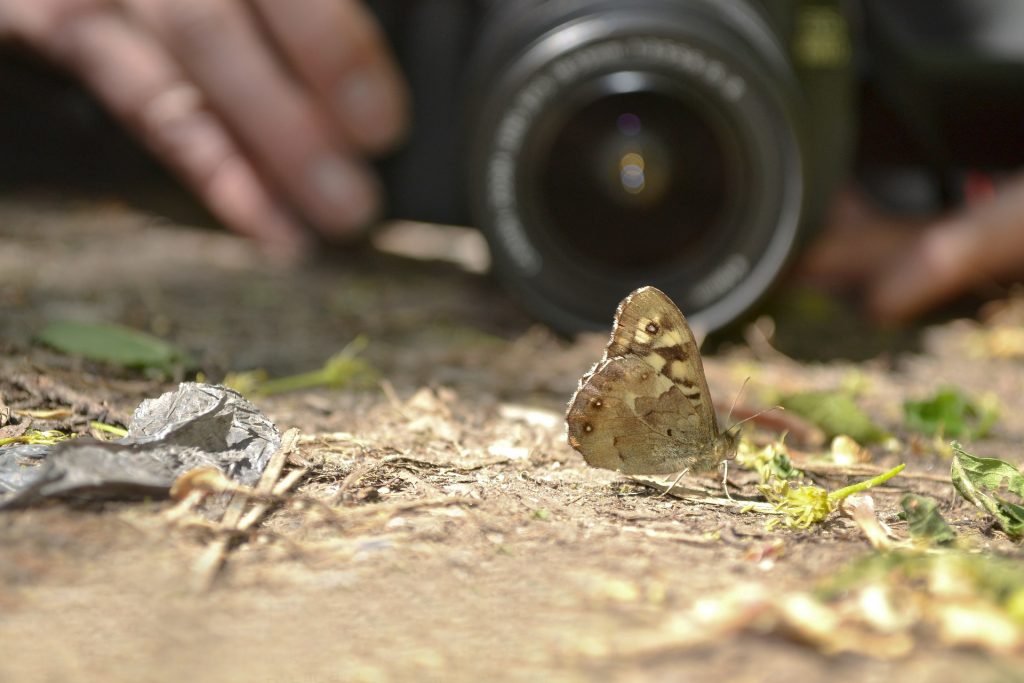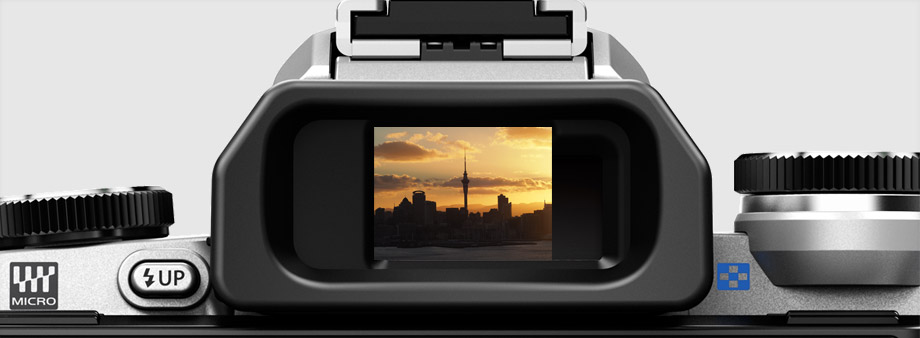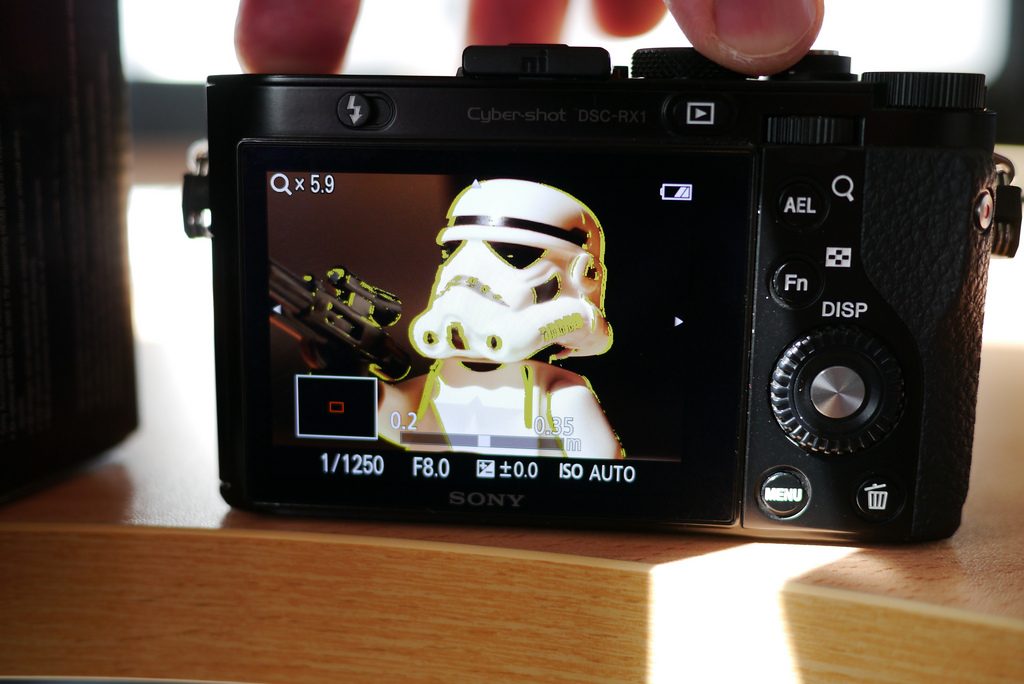As sophisticated as autofocus systems are these days, any photographer will know that there are times when your camera is easily fooled and you’ll get better results by using manual focus. But knowing how to focus manually and capture precise detail can seem like a fine art.
Rest assured, it’s not. By knowing what technology you have at your disposal and, most importantly, when to turn off the AF, you can achieve superb results quite easily.
In theory, using manual focus is simple. Just look through the viewfinder and rotate the focus ring on your lens until your subject appears sharp. But sometimes it can prove difficult to get a clear view of your subject – and even more difficult sometimes can be making sure that you are fine-tuning your focus on the right area of your subject.
Now, you can get away with small errors like this sometimes if you are shooting with a small aperture (a high f number) and there is lots of depth of field in the image.
But when you are shooting with a small aperture (a low f number) and blurring your background to isolate your subject, any small focusing errors like this will spoil your efforts.
So how do you avoid them? Recent advances in camera technology have given photographers some real advantages and made manual focus much easier than it used to be.
SEE MORE: Understanding camera sensor size in photography
Manual Focus with Live View
It wasn’t that long ago that many photographers (admit it, you did!) dismissed the LCD screen on the back of their camera and the idea of composing images this way, instead of the traditional viewfinder.
To be fair, LCD screens and Live View technology have come a long way since then. But also, most photographers, as they’ve used them over the years, have come to realise there are some real advantages to using Live View for manual focusing.
For starters, the LCD screen is significantly bigger than your viewfinder. This is particularly useful when composing an image while your camera is mounted on a tripod.
What’s more, with that larger screen you can also now magnify sections of a scene to fine tune your focus on some of the smaller details in a composition.
Many cameras now also let you move this magnified section around the frame in order to verify the sharpness of the entire scene.
As much as we all love looking through it, this type of accuracy just isn’t as possible when composing a scene through a viewfinder.
Something else to consider about manual focus in Live View: the scene you’re looking at on your LCD is the same as that on the image sensor itself. This means it avoids any front or back focusing issues where the subject looks sharp in the viewfinder but is actually a little soft.
If you shoot with mirrorless cameras you’ll find that the LCD on the back automatically works in Live View, but with DSLR cameras you often need to activate this function via a dedicated button, as they are designed with viewfinders as the primary compositional tool.
SEE MORE: DSLR cameras explained: 10 things to know about single lens reflex
Manual Focus with Electronic Viewfinders
With the exception of a few mirrorless camera that feature hybrid viewfinders, the viewfinders found in compact system cameras are electronic. Electronic viewfinders (EVF) use the Live View feed from a camera’s imaging sensor to create an image in a small screen in the viewfinder.
Believe it or not, the very first electronic viewfinders were found in bridge cameras (these are essentially compact cameras with fixed zoom lenses and a DSLR-like body design), but the early results left a lot to be desired.
Images contained lots of noise, and the sensors were not able to capture a wide gamut of colours. Thankfully, technology has improved in leaps and bounds. Modern EVFs give a very clear view of a scene, offering lots of detail.
And like a Live View screen on a DSLR or mirrorless camera, many EVFs also allow you to magnify part of a scene and fine tune your manual focus. In most cases this magnification can be set to occur as soon as the focus is adjusted.
Find the cheapest deals on prime lenses at Amazon UK
Find the cheapest deals on prime lenses at Amazon US
Focus peaking
Most compact system cameras and some DSLRs now offer a technology called focus peaking, which they inherited from video cameras. What this technology essentially does is highlight the areas of highest contrast within a scene. Why? Typically, these are the areas of sharpest focus.
When you activate your focus peaking feature you will notice that the sharpest areas of your scene are highlighted in a particular colour. You can usually select which colour this is on your camera, so if you are colour blind there are some options available. In most cases, red is a good option because it stands out in a lot of different scenes.
Focus peaking is particularly useful for photographers when shooting video because it allows you see quite clearly which parts of your scene are sharp and where the focus is shifting as you turn the manual focus ring on your lens.
That said, focus peaking is also quite useful for stills photography and can often be used at the same time a selective magnification.
READ MORE
What lens is best for your camera? Here’s how to choose…
Best Nikon DX lenses to start your collection
Best Canon EF-S lenses to start your collection
